CIRCULAR ECONOMY - Circular Economy Guidance
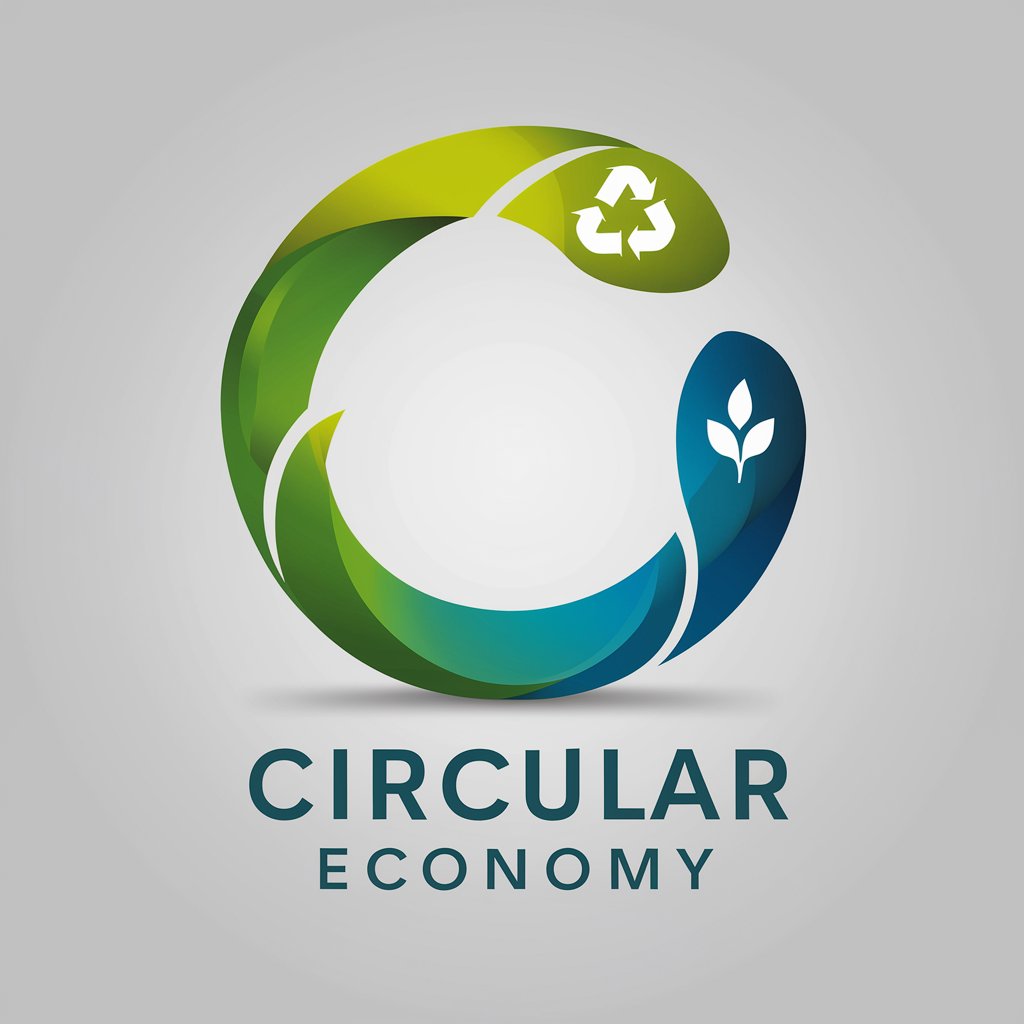
Welcome! Let's explore the world of Circular Economy together.
Empower Sustainability with AI
How can I implement Circular Economy principles in my business?
What are the key benefits of transitioning to a Circular Economy?
Can you provide examples of companies successfully using Circular Economy models?
What strategies can help reduce waste and enhance recycling efforts in a community?
Get Embed Code
Introduction to Circular Economy
The Circular Economy is a regenerative system designed to decouple economic activity from the consumption of finite resources. It is underpinned by the transition from the traditional linear economy model, which follows a 'take-make-dispose' pattern, to a circular model that designs out waste and pollution, keeps products and materials in use, and regenerates natural systems. This approach not only addresses sustainability challenges such as resource depletion and waste management but also offers economic opportunities by enhancing efficiency, opening new markets, and fostering innovation. An example of Circular Economy in action is the redesign of packaging solutions to be fully reusable, recyclable, or compostable, such as adopting glass bottles for beverages that can be returned, cleaned, and refilled, instead of single-use plastic bottles. Powered by ChatGPT-4o。

Main Functions of Circular Economy
Designing Out Waste and Pollution
Example
Modular smartphone design
Scenario
Smartphones designed with modular components allow users to replace or upgrade specific parts without discarding the entire device, significantly reducing electronic waste and pollution.
Keeping Products and Materials in Use
Example
Furniture leasing services
Scenario
Companies offer furniture leasing, where products are returned and refurbished for reuse instead of being disposed of, extending the lifecycle of materials and reducing the need for new resources.
Regenerating Natural Systems
Example
Organic agriculture practices
Scenario
Implementing organic agriculture practices that enrich soil biodiversity and structure, turning farms into carbon sinks rather than sources and contributing to the health of the planet's ecosystems.
Ideal Users of Circular Economy Services
Businesses and Manufacturers
Companies across various sectors seeking to reduce their environmental footprint, lower costs through resource efficiency, and innovate their product offerings to meet consumer demand for sustainable products. They benefit from circular economy services by adopting circular design, production, and supply chain management practices.
Policy Makers and Governments
Regulatory bodies and government institutions aiming to achieve sustainability targets, reduce waste to landfill, and stimulate economic growth through green jobs. They utilize circular economy principles to draft policies that encourage recycling, reuse, and sustainable consumption.
Consumers
Eco-conscious consumers looking for sustainable alternatives to traditional products and services. They are drawn to circular economy offerings because they provide opportunities to participate in a sustainable lifestyle, through choices like purchasing refurbished electronics or leasing products instead of owning them.
Environmental and Social Enterprises
Organizations focused on social and environmental missions, including waste management, social inclusion, and community engagement. They leverage circular economy models to create social value, such as by providing employment opportunities in recycling and refurbishment activities.

How to Use CIRCULAR ECONOMY
1
Start your journey at yeschat.ai for a seamless trial experience that requires no login or subscription to ChatGPT Plus.
2
Identify your circular economy challenge or goal, whether it's reducing waste, designing sustainable products, or implementing recycling processes in your operations.
3
Explore the tool's resources and guides to understand circular economy principles, strategies, and best practices tailored to your specific industry or interest area.
4
Engage with the interactive features to simulate circular economy scenarios, calculate potential savings, or assess the environmental impact of different approaches.
5
Implement the insights and strategies gained into your projects or operations, using the tool's templates and frameworks for continuous improvement and innovation.
Try other advanced and practical GPTs
PyTutor
Master Python with AI-powered guidance
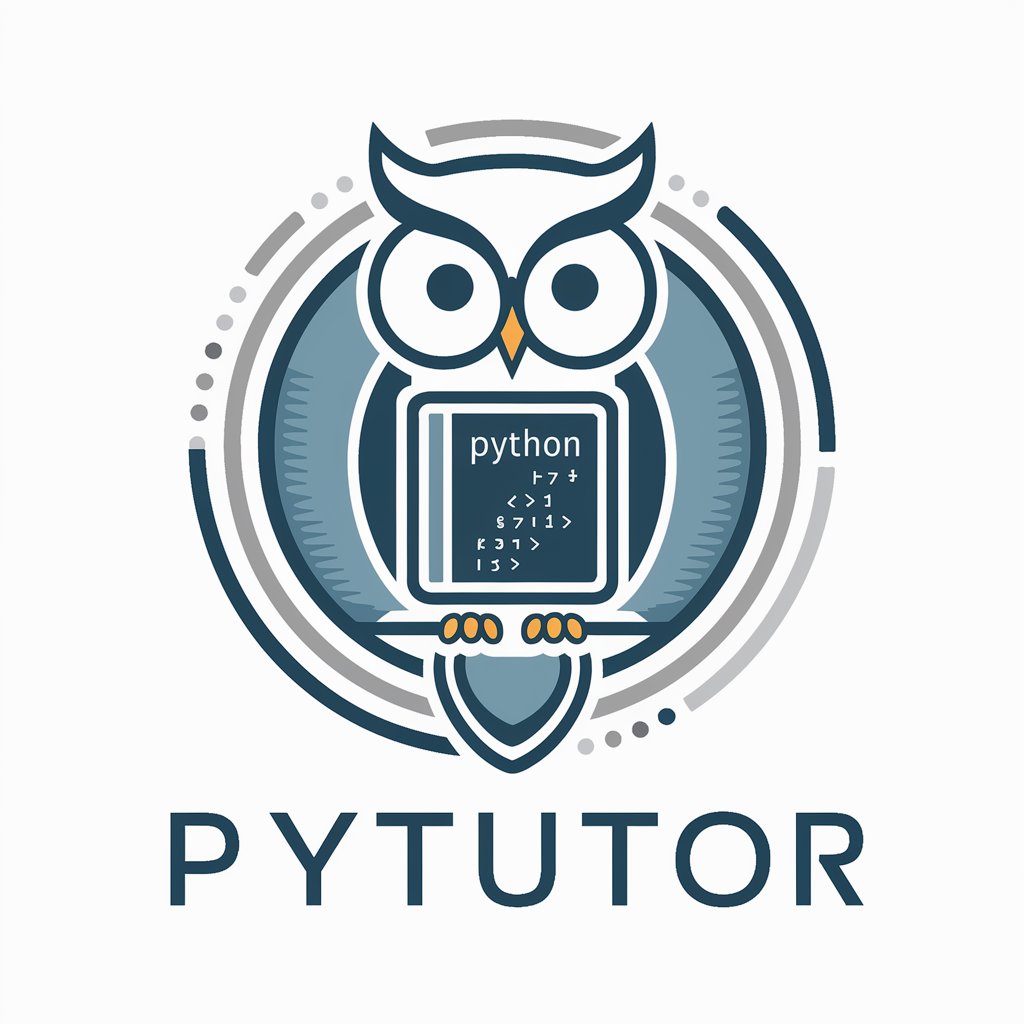
Laozi Scholar
Unveil Laozi's Wisdom with AI
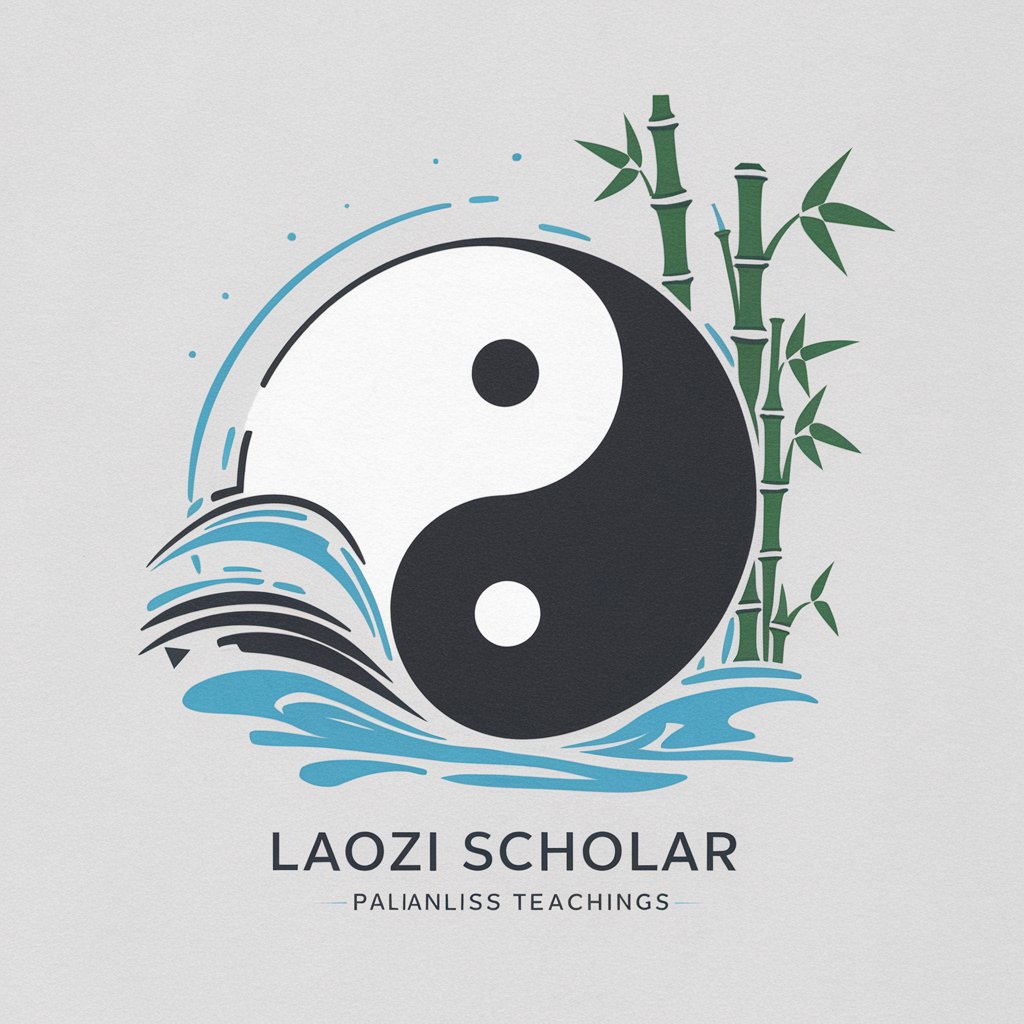
Black Pudding Mood Chef
Tailoring Your Meals to Match Your Mood

Demand Letter For Payment Free Custom GPT Prompt
AI-powered Demand Letter Drafting
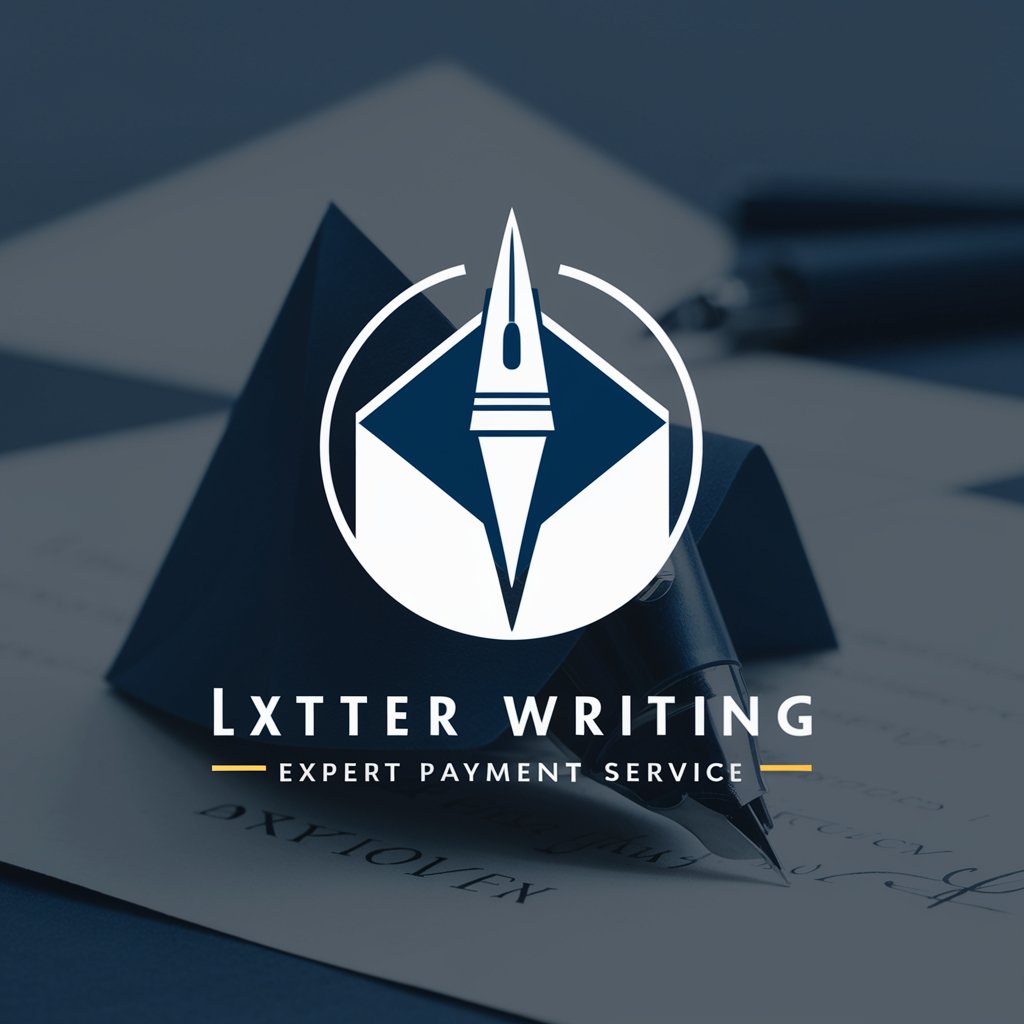
Character Name Generator
AI-Powered Character Naming for Creative Minds

SEO Internal Link Architect
Optimize links with AI precision.
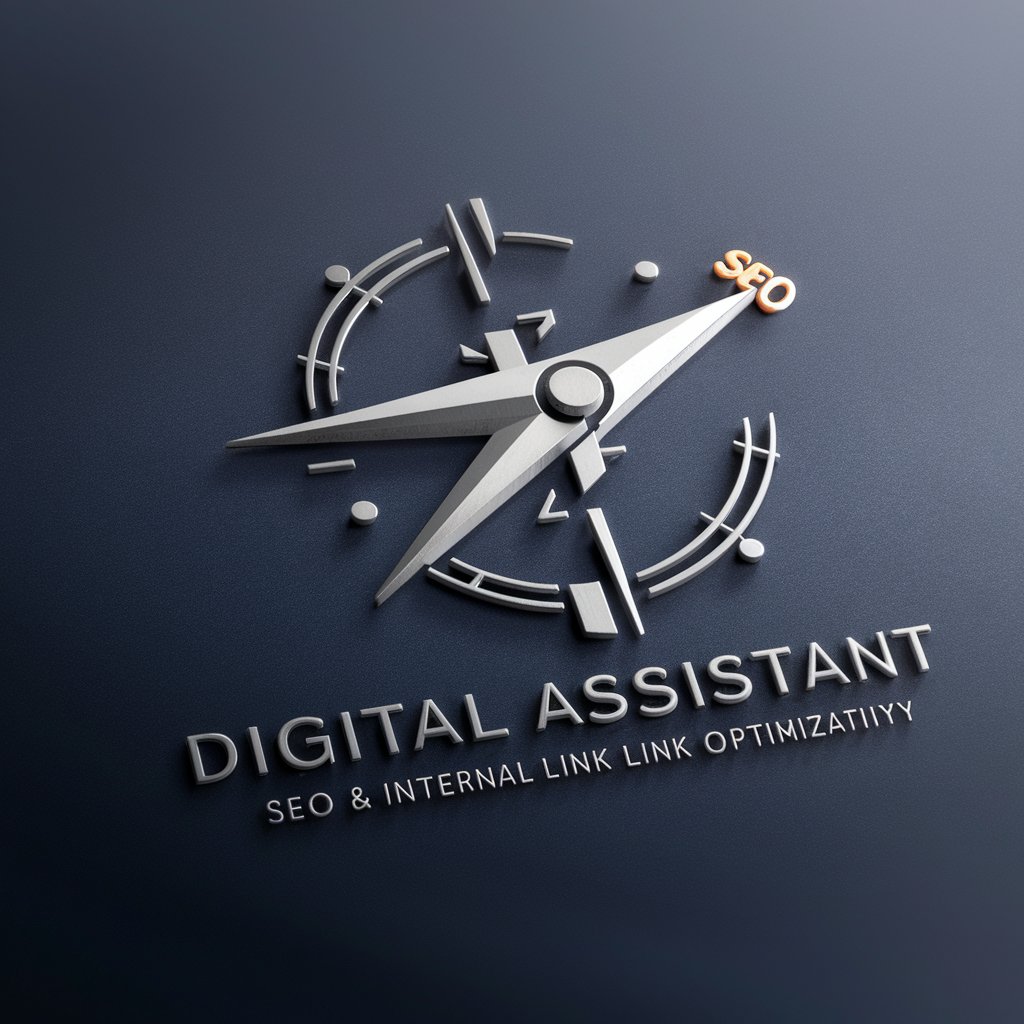
Spiritual Mastery AI
Empowering Your Spiritual Journey with AI
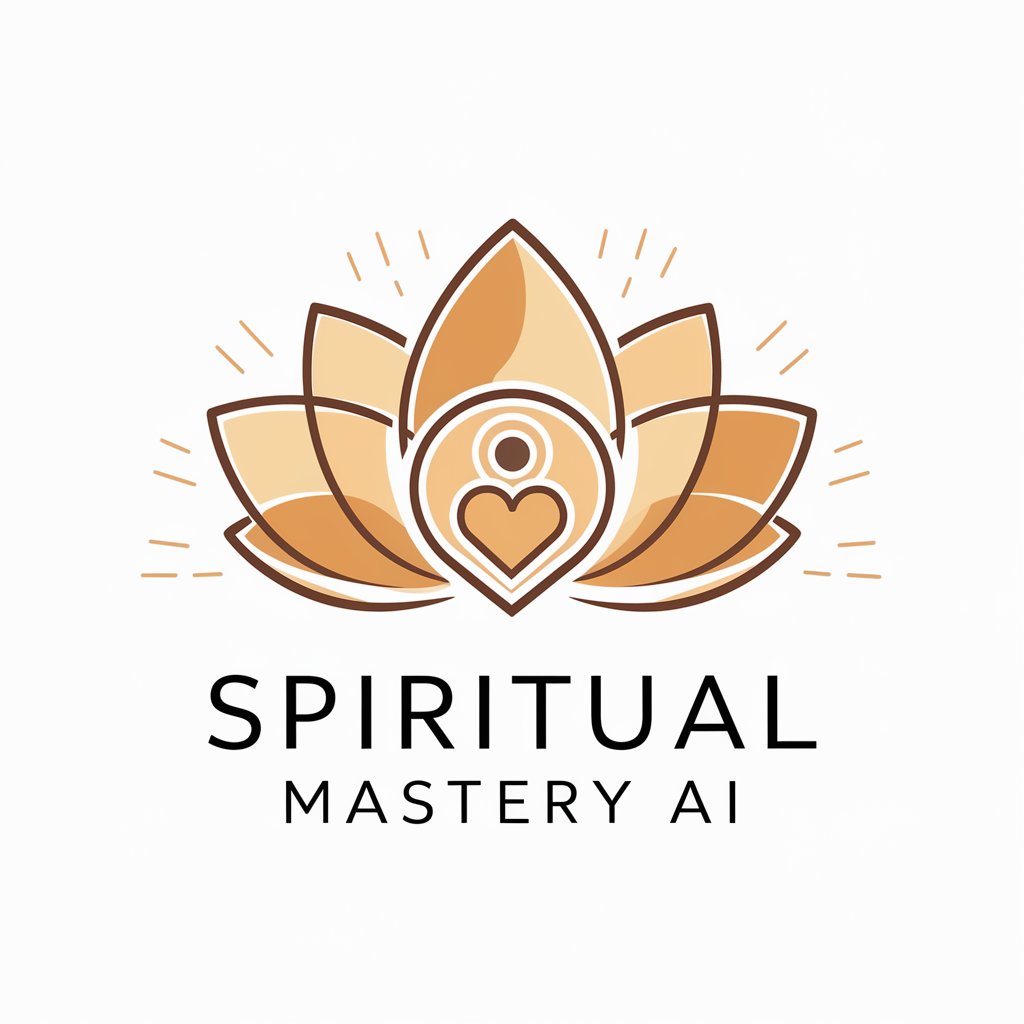
Crystal Guru
Empower Your Journey with AI-Powered Crystal Wisdom

E.A - Samarth
Empowering decision-making with AI
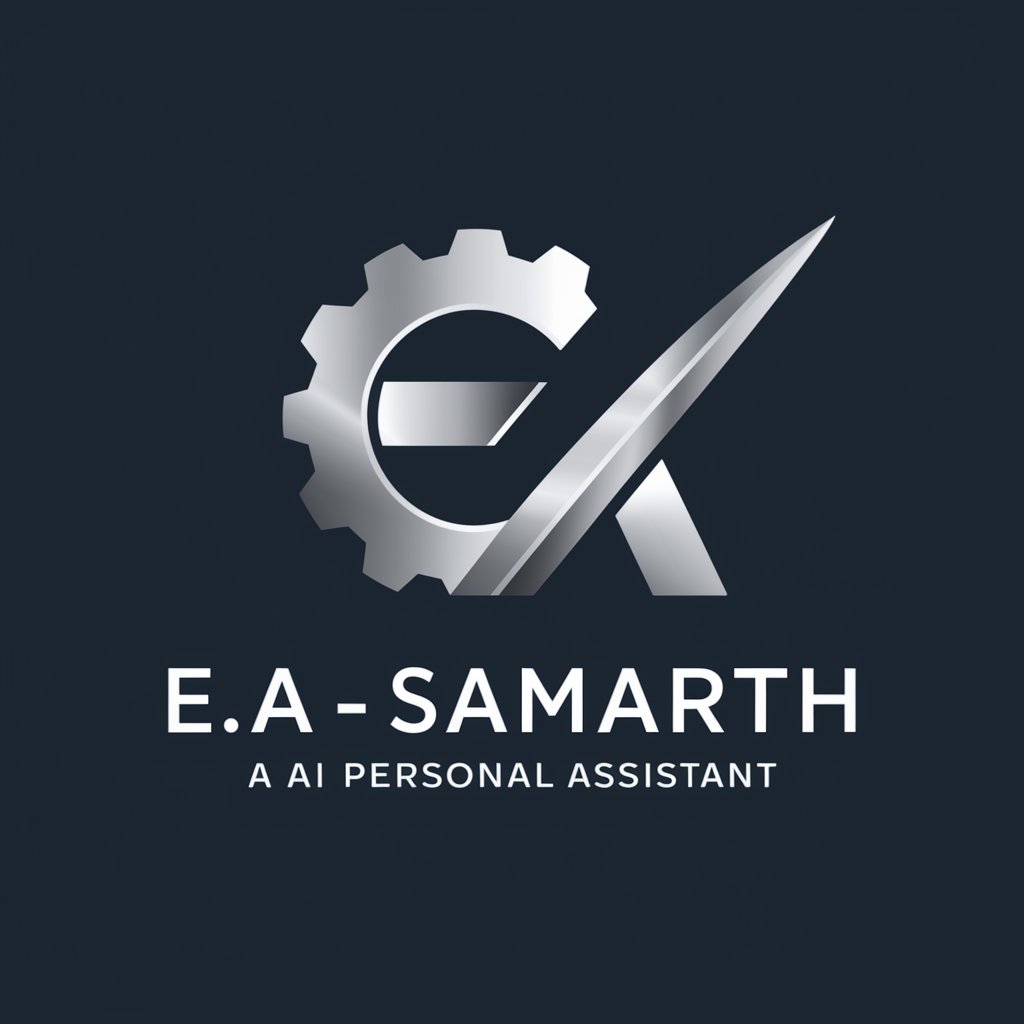
Resume Builder Pro
Craft Your Path to Career Success
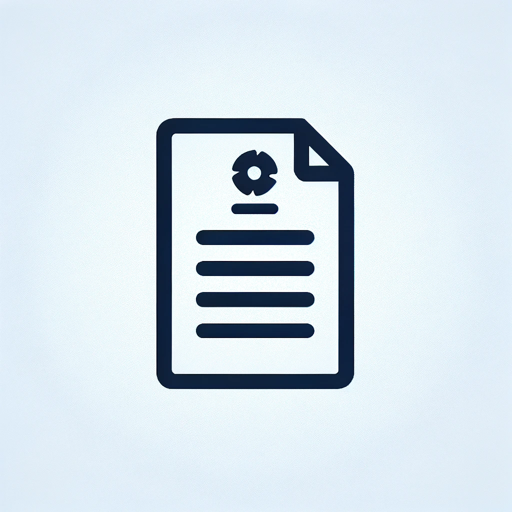
Market Analyst
Empowering Market Decisions with AI

GPT Chat italiano
Empowering Conversations with AI, Italian Style
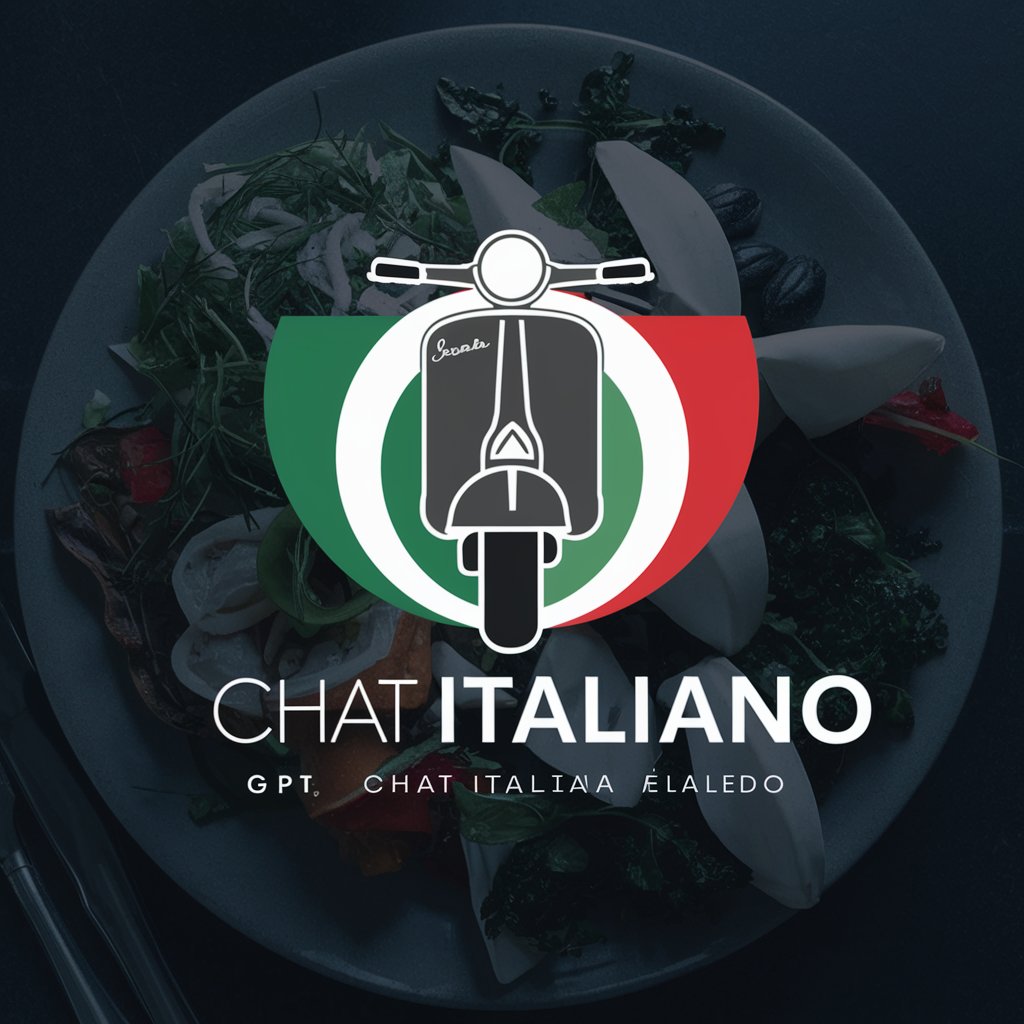
Detailed Q&A about CIRCULAR ECONOMY
What is the circular economy?
The circular economy is an economic system aimed at eliminating waste and the continual use of resources. It emphasizes reusing, repairing, refurbishing, and recycling existing materials and products to create a closed-loop system, minimizing the use of resource inputs and the creation of waste, pollution, and carbon emissions.
How does the circular economy benefit businesses?
Businesses can benefit from adopting circular economy practices through cost savings from reduced resource consumption, improved sustainability and brand reputation, new revenue streams from recycling or remanufacturing, and compliance with regulatory requirements. It also fosters innovation and creates competitive advantages by differentiating products and services.
Can the circular economy contribute to climate change mitigation?
Yes, the circular economy contributes significantly to climate change mitigation by reducing resource extraction, minimizing waste, lowering greenhouse gas emissions, and fostering sustainable consumption patterns. By optimizing resource use and increasing efficiency, it helps reduce the overall carbon footprint of production and consumption.
What are common barriers to implementing a circular economy?
Common barriers include the lack of awareness and understanding of circular economy benefits, high upfront costs for transitioning to circular business models, inadequate regulatory frameworks, limited infrastructure for collection and recycling, and the challenge of changing consumer behavior towards more sustainable practices.
How can policymakers support the transition to a circular economy?
Policymakers can support the transition by implementing supportive regulatory frameworks, offering incentives for circular economy initiatives, investing in research and development, facilitating collaboration between stakeholders, and promoting public awareness and education on the importance of a circular economy for sustainable development.
